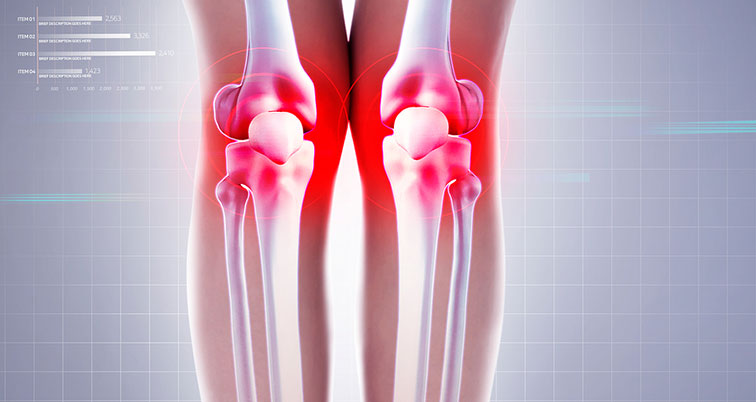RELATED Live.
- About us
- KIMA Members
-
KIMA Doctors
- All
- Anesthesiology
- artificial joint center
- Breast and Endocrine Surgery
- Breast cancer and thyroid cancer center
- Breast Surgery
- Cardiology
- Cardiothoracic Surgery
- Cerebrovascular Center
- Colorectal Surgery
- dental and maxillofacial surgery
- Dermatology
- Endocrinology
- Gastroenterology
- General Surgery
- Genito-Urology
- Hematology
- Hemato-oncology
- Infection Center
- Internal Medicine
- International Healthcare Center
- Korean Medicine
- liver center/Pancreas and billiary tract center
- Liver Transplantation
- Neurology
- Neurosurgery
- Obstetrics & Gynecology
- Ophthalmology
- Orthopedic
- Otorhinolaryngology
- Pediatric & Juvenile
- Pediatric Allergy and Respiratory Diseases
- Pediatric Gastroenterology
- Pediatric Neurology
- Pediatrics
- Physical Medicine & Rehabilitation
- Plastic & Reconstructive Surgery
- plastic surgery
- Pulmonology
- Radiation oncology
- Rheumatology
- Thyroid & Endocrine Surgery
- Urology
- Vascular Surgery
- KIMA News
- KIMA Live
- Community
KIMA NEWS

Byung-kiu Park, Pediatric Hematology and Oncology specialist in the Division of Clinical Research, National Cancer Center, proposed a 'dose interval shortening MAPI chemotherapy' that increases tumor necrosis rate (the rate at which tumor cells die by chemotherapy) of osteosarcoma, and developed a new chemotherapy to increase the rate of necrosis. Osteosarcomas necrotic tumor cells as much as possible, and then the tumor is removed by surgery. Therefore, necrosis rate by preoperative chemotherapy has an important effect on the prognosis and survival rate of the disease. For preoperative chemotherapy, 'MAP' is most commonly used in the US and around the world. MAP uses three drugs, Methotrexate (M), Adriamycin (A), and Cisplatin (P). However, only 40-50% of the patients responded well to MAP treatment (defined as necrosis above 90%). This is considered as the main reason why the survival rate of osteosarcoma has been at a standstill for the past 30 years or so far. Professor Byung-kiu Park 's team developed a 'dose interval shortening MAPI chemotherapy ' that adds phosphamide (I) to MAP and shortens the dosage interval. The results of the 'dose Interval Shortening MAPI Therapy' for 17 patients (10-36 years old and Children and adults) at the National Cancer Center from 2009 to 2015 showed that the tumor necrosis rate was 71%. There was no difference in the frequency of side effects compared to existing MAP treatments. Despite the administration of four medications, this therapy shortened the medication interval by setting the duration of one cycle to five weeks, the same as the MAP with three medications. Two cycles of chemotherapy were performed before surgery, and the frequency of side effects did not change, and the intensity of treatment could be increased. Professor Byung-kiu Park said, 'If we stick to MAP only, there is no hope of improving the treatment of osteosarcoma, so we had to come up with a new treatment.', and 'However, due to the rareness of osteosarcoma, the number of patients is small, and there is a limit to retrospective study. In the near future, we will verify the effectiveness of the MAPI therapy for shortening medication through prospective multi-center study involving many medical institutions under the Korean Association of Pediatric Hematology and Oncology will confirm the efficacy of MAPI therapy.'
https://www.ncc.re.kr/prBoardView1.ncc?nwsId=5057&searchKey=total&searchValue=&pageNum=1
RELATED Doctor
RELATED Members
Inquiry